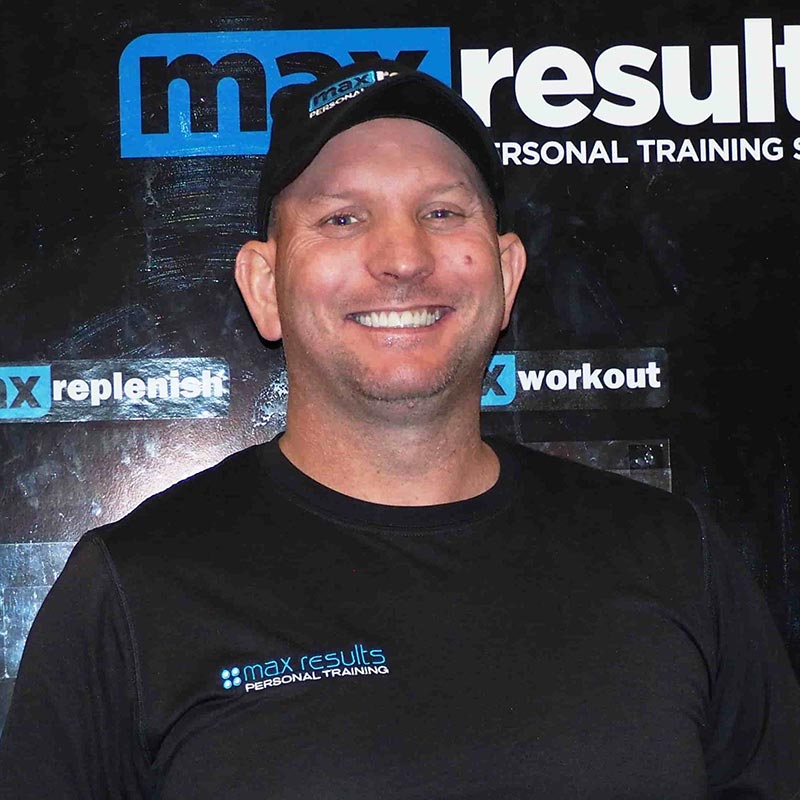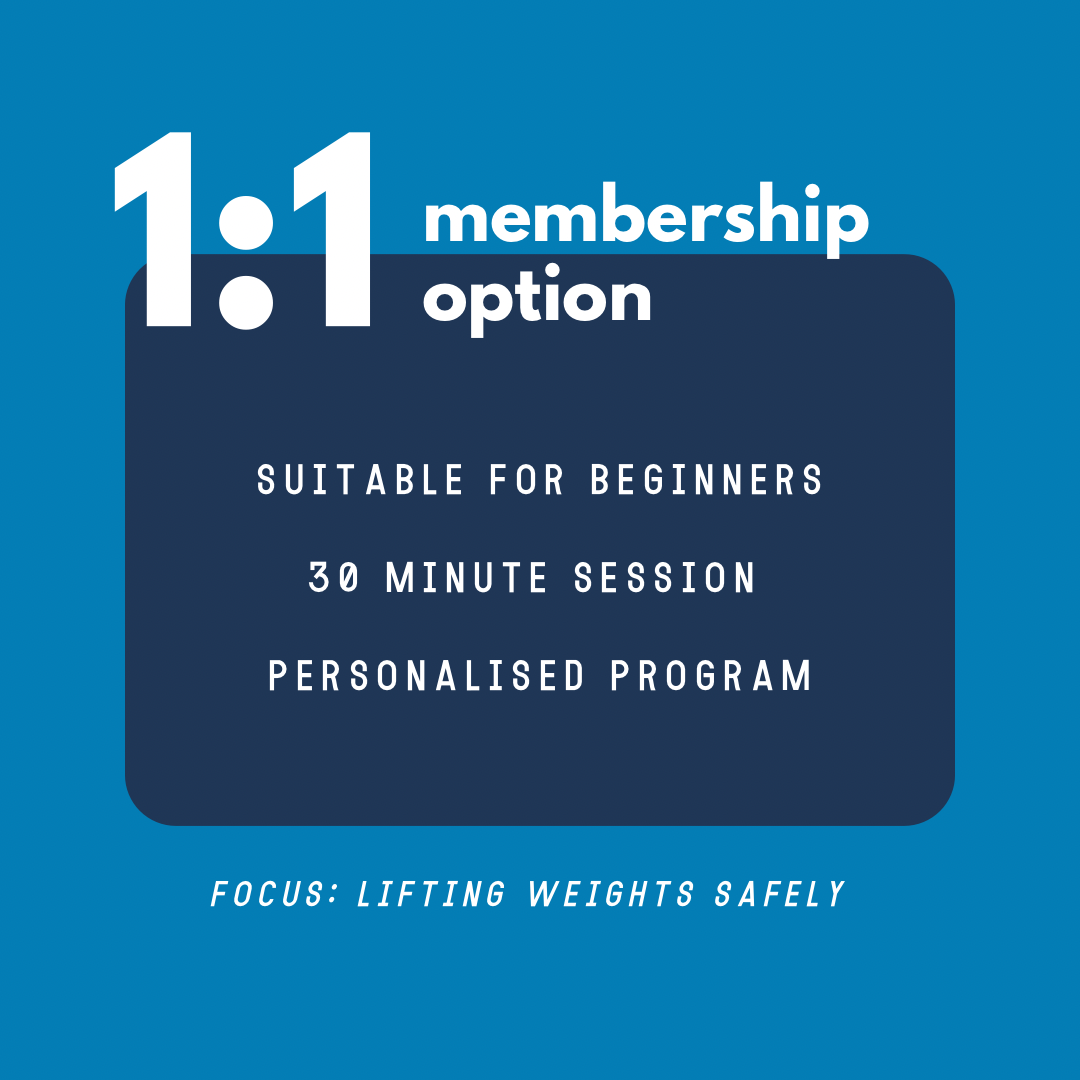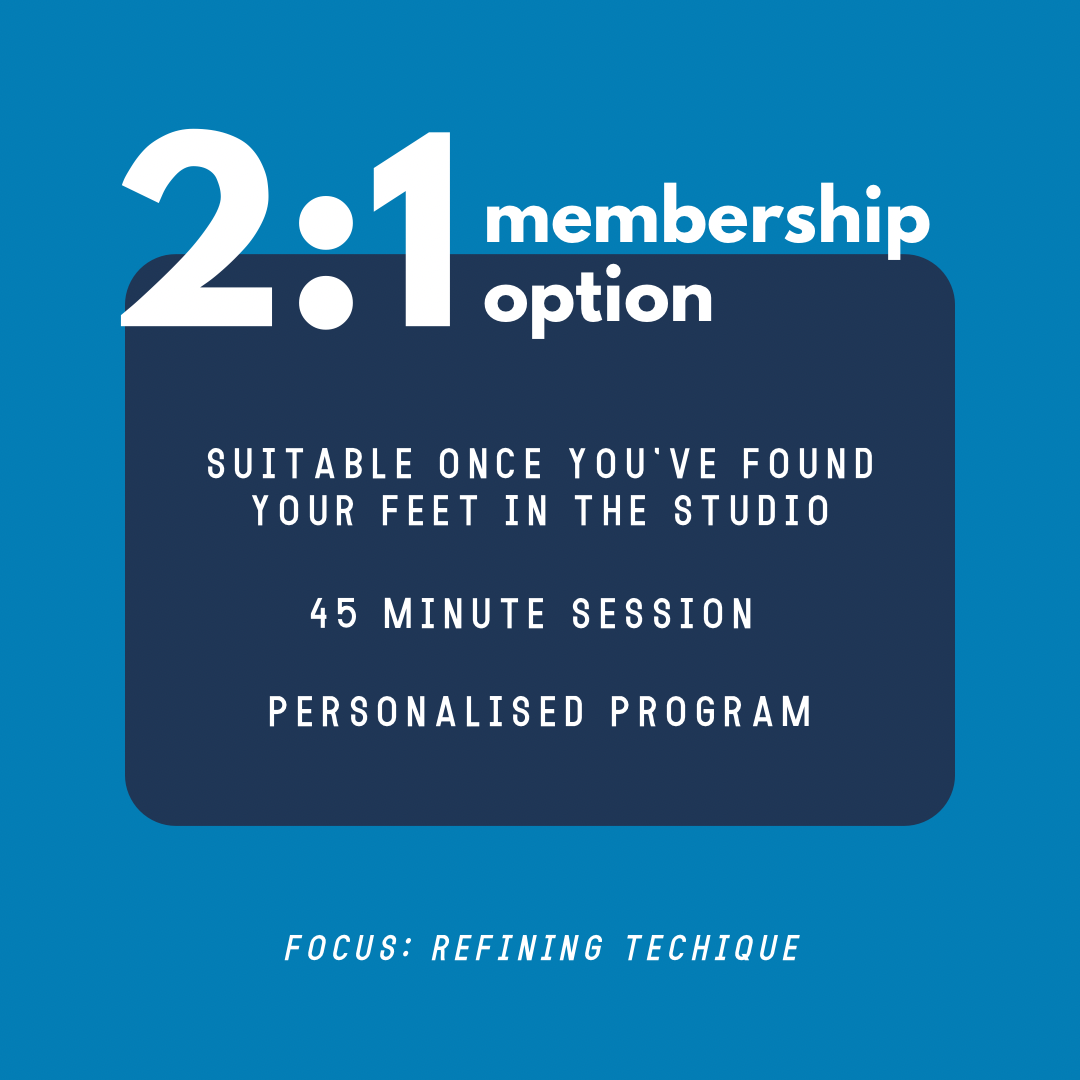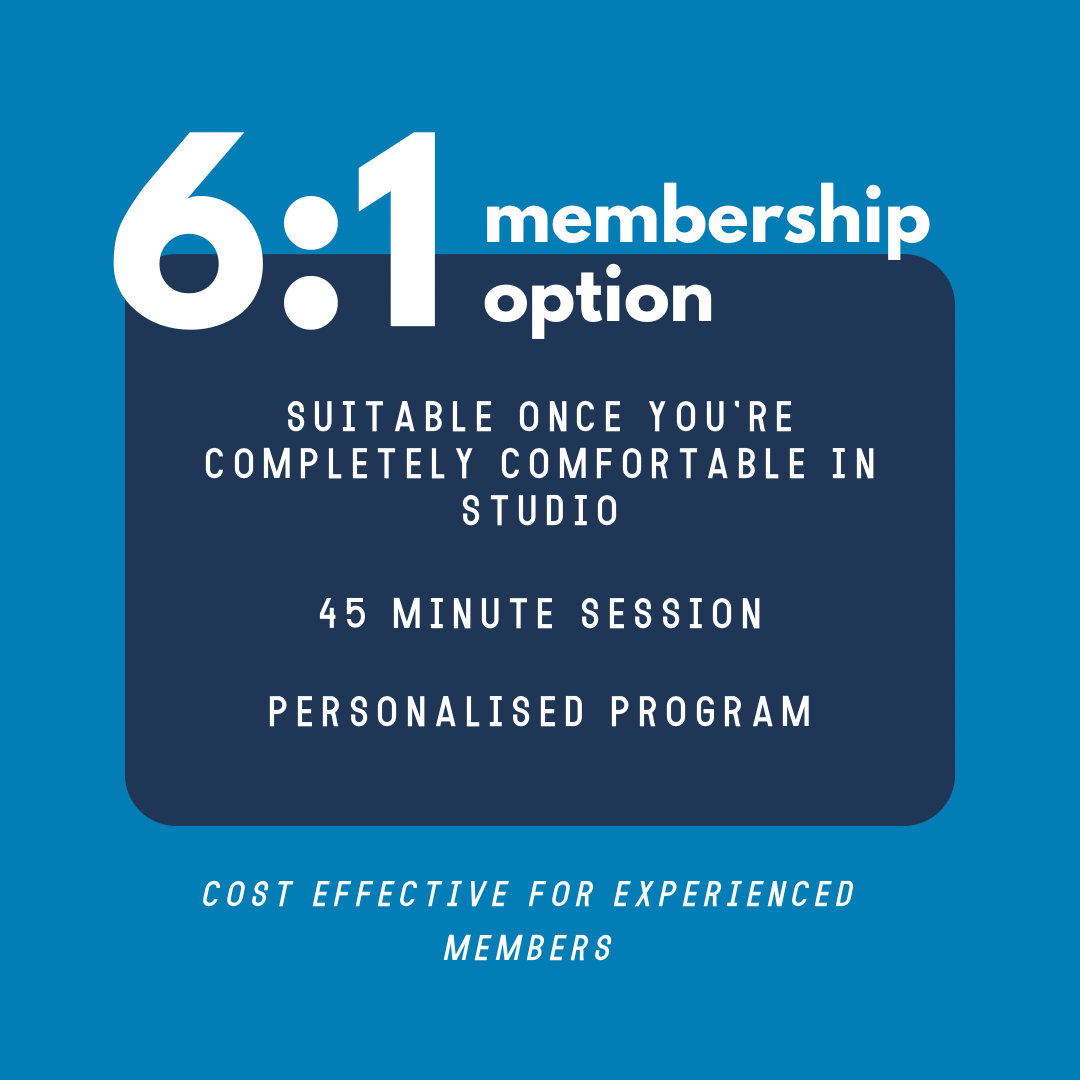Recently playing cricket I experienced some nasty cramping in my right calf, so severe I was unable continue playing in the game.
Anyone who has experienced the “sudden, involuntary, spasmodic contraction” of his or her working muscle will tell you how debilitating it can be.
As I hobbled off the scorer told me to, “Drink plenty of water.” It really got me thinking, this could be a good topic to blog about as there is often some confusion around about WHAT causes someone to cramp and the best ways to TREAT cramping.
Within, the sports science field there is some disagreement to the primary cause. Generally, however, there is two schools of thought as to why someone cramps;
- Fatigue from overuse/insufficient conditioning (1)
- Extensive Sweating and Sodium deficit (1)
Anecdotally, for most it’s probably a combination of the two. In my situation, I am certain that was the case.
It was a hot day and I had batted for about 20 overs (approx. 75mins) – something I hadn’t done for a while. I had been sweating profusely and only took small sips of water, sporadically in that time.
When we came out to field later that day I was chasing a ball and felt my calf go into massive spasm and my only option was to leave the game.
So… What could I do to prevent this happening in the future?
- Attend additional training sessions in to help prepare me better for that rare day I do last more than a few balls out in the middle.
- Make sure I have properly carb loaded prior to the game so glycogen stores in my working muscles are full – helping reduce fatigue in my muscles.
- Take additional sodium during the game especially if it is warm and I am excessively sweating.
Please note:
Many sports drinks boast they are chock full of sodium and electrolytes. Many are inadequate levels, containing around 300-500gm sodium – so really read your labels.
Human sweat comes in at around 900mg/l. Aim for around 1000mg per litre. However, this may require you to use trial and error, especially if you are “salty sweater” as you may require a higher dose of sodium (2).
‘Pickle juice’ has become very popular in recent times with athletes. Cutting-edge research suggesting that pickle juice can activate TRP channels in your mouth, immediately sending a jolt along our central nervous system disrupting the signals that are causing the cramp, helping the cramping to cease immediately. Obviously, this is ideal if you are right in the middle of your match/sport and cramping is beginning. Pickle juice has acetic acid in it, and sports-scientists believe this rather than high sodium activate the TRP receptors in the mouth to help alleviate cramping (2).
So, in summarizing if you are in prolonged exercise (60mins +) and sweating increase sodium intake; approx. 1000mg per litre of water/fluid and/or have pickle juice in your sports kit if you feel the symptoms of cramp starting to take effect.
Reference
- Muscle Cramps during Exercise-Is It Fatigue or Electrolyte Deficit?Bergeron, Michael F.
Current Sports Medicine Reports: July-August 2008 – Volume 7 – Issue 4 – p S50-S55
doi: 10.1249/JSR.0b013e31817f476a
Supplement-Sodium Balance and Exercise - Precision Hydration Blog




